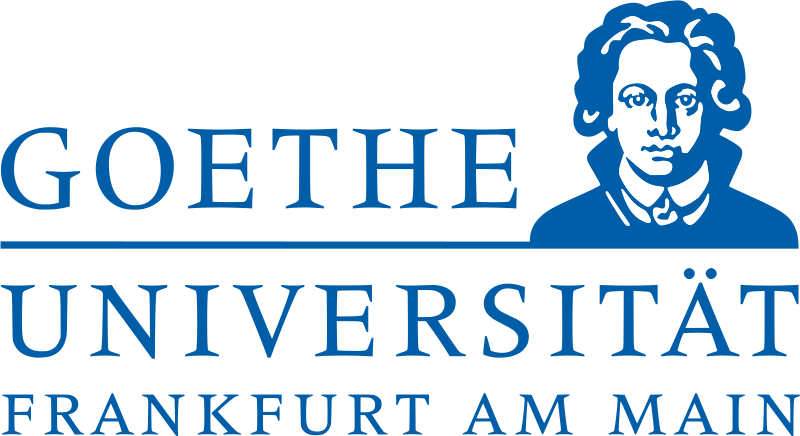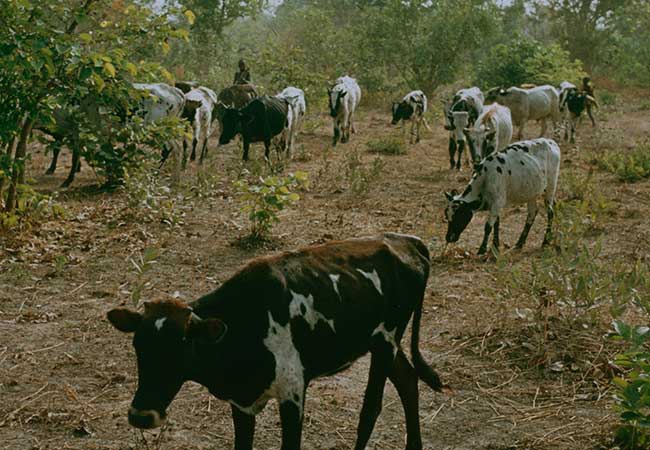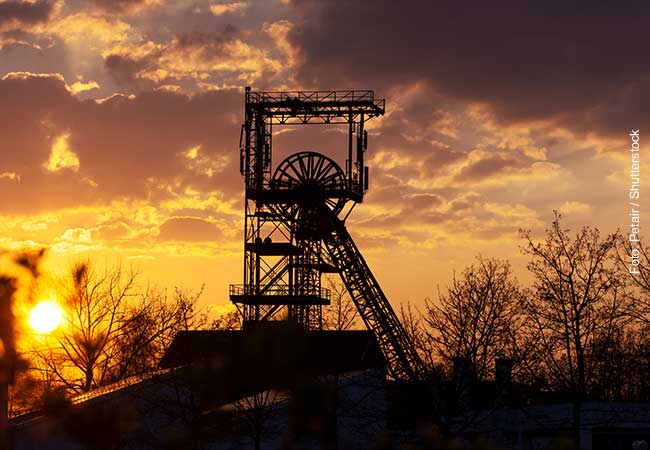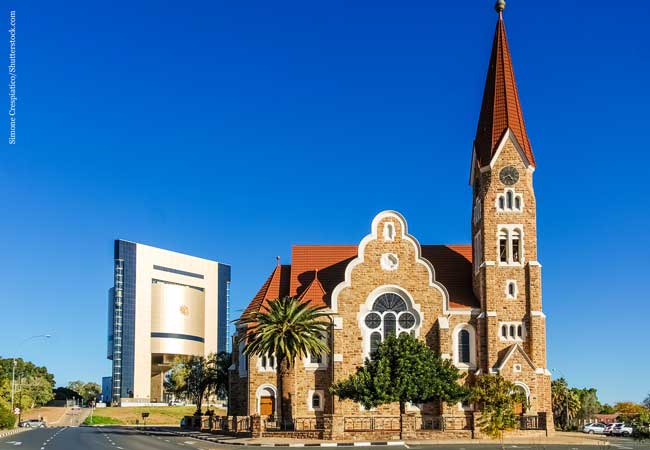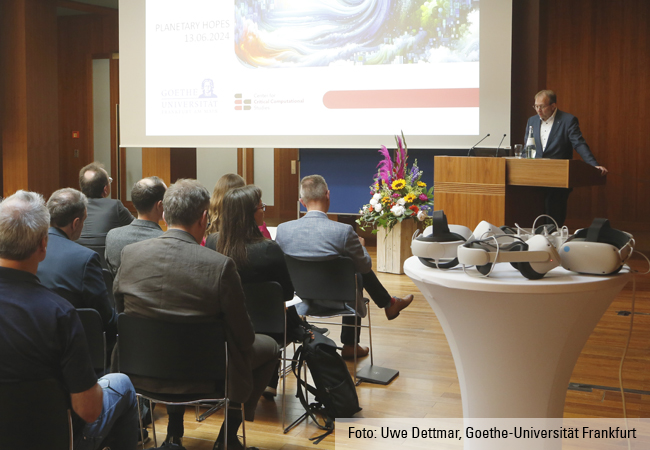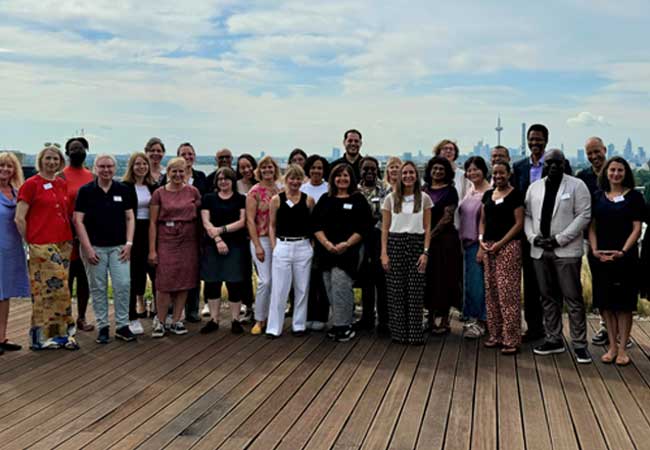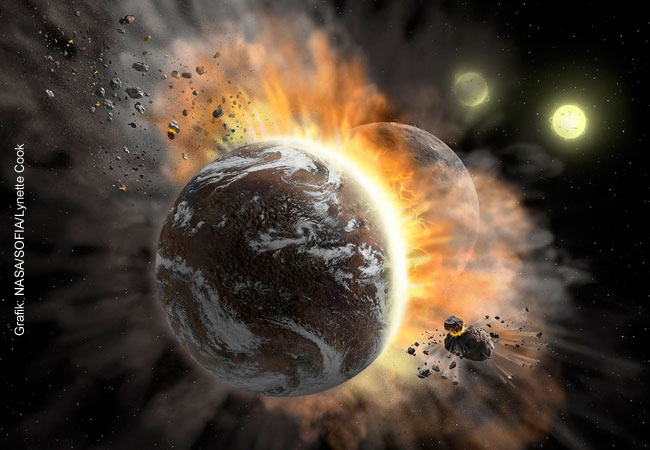
Geoscientists from Goethe University have found the largest extraterrestrial diamonds ever discovered – a few tenths of a millimetre in size nevertheless – inside meteorites. Together with an international team of researchers, they have now been able to prove that these diamonds formed in the early period of our solar system when minor planets collided together or with large asteroids. These new data disprove the theory that they originated deep inside planets – similar to diamonds formed on Earth – at least the size of Mercury.
It is estimated that over 10 million asteroids are circling the Earth in the asteroid belt. They are relics from the early days of our solar system, when our planets formed out of a large cloud of gas and dust rotating around the sun. When asteroids are cast out of orbit, they sometimes plummet towards Earth as meteoroids. If they are big enough, they do not burn up completely when entering the atmosphere and can be found as meteorites. The geoscientific study of such meteorites makes it possible to draw conclusions not only about the evolution and development of planets in the solar system but also their extinction.
A special type of meteorites are ureilites. These are fragments of a larger celestial body – probably a minor planet – which was smashed to pieces through violent collisions with other minor planets or large asteroids. Ureilites often contain large quantities of carbon, among others in the form of graphite or nanodiamonds. The diamonds on the scale of over 0.1 and more millimetres now discovered cannot have formed when the meteoroids hit the Earth. Impact events with such vast energies would make the meteoroids evaporate completely. That is why it was so far assumed that these larger diamonds – similar to those in the Earth’s interior – must have been formed by continuous pressure in the interior of planetary precursors the size of Mars or Mercury.
Together with scientists from Italy, the USA, Russia, Saudi Arabia, Switzerland and the Sudan, researchers from Goethe University have now found the largest diamonds ever discovered in ureilites from Morocco and the Sudan and analysed them in detail. Apart from the diamonds of up to several 100 micrometres in size, numerous nests of diamonds on just nanometre scale as well as nanographite were found in the ureilites. Closer analyses showed that what are known as londsdalite layers exist in the nanodiamonds, a modification of diamonds that only occurs through sudden, very high pressure. Moreover, other minerals (silicates) in the ureilite rocks under examination displayed typical signs of shock pressure. In the end, it was the presence of these larger diamonds together with nanodiamonds and nanographite that led to the breakthrough.
Professor Frank Brenker from the Department of Geosciences at Goethe University explains:
“Our extensive new studies show that these unusual extraterrestrial diamonds formed through the immense shock pressure that occurred when a large asteroid or even minor planet smashed into the surface of the ureilite parent body. It’s by all means possible that it was precisely this enormous impact that ultimately led to the complete destruction of the minor planet. This means – contrary to prior assumptions – that the larger ureilite diamonds are not a sign that protoplanets the size of Mars or Mercury existed in the early period of our solar system, but nonetheless of the immense, destructive forces that prevailed at that time.”
The international research team comprises scientists from the following institutions:
- Department of Geosciences, University of Padova, Italy
- Department of Geosciences, Goethe University, Frankfurt, Germany
- Lunar and Planetary Institute, USRA, Houston, Texas, USA
- Department of Earth and Environmental Sciences, University of Pavia, Italy
- Astromaterials Research and Exploration Science Division, Jacobs JETS, Johnson Space Center, NASA, Houston, Texas, USA
- CNR Institute of Geosciences and Earth Resources, Padua, Italy
- Vereshchagin Institute for High Pressure Physics RAS, Troitsk, Moscow, Russia
- NASA Astromaterials Acquisition and Curation Office, Johnson Space Center, NASA, Houston, Texas, USA
- Department of Civil, Environmental and Mechanical Engineering, University of Trento, Italy
- Saudi Aramco R&D Center, Dhahran, Saudi Arabia
- Swiss Light Source, Paul Scherrer Institute, Villigen, Switzerland
- SETI Institute, Mountain View, California, USA
- Department of Physics and Astronomy, University of Khartoum, Khartoum, Sudan
Publication: Fabrizio Nestola, Cyrena A. Goodrich, Marta Morana, Anna Barbaro, Ryan S. Jakubek, Oliver Christ, Frank E. Brenker, Maria C. Domeneghetti, Maria C. Dalconi, Matteo Alvaro, Anna M. Fioretti, Konstantin Litasov, Marc D. Fries, Matteo Leoni, Nicola P. M. Casati, Peter Jenniskens, Muawia H. Shaddad: Impact shock origin of diamonds in ureilite meteorites. Proceedings of the National Academy of Science https://www.pnas.org/content/early/2020/09/22/1919067117
